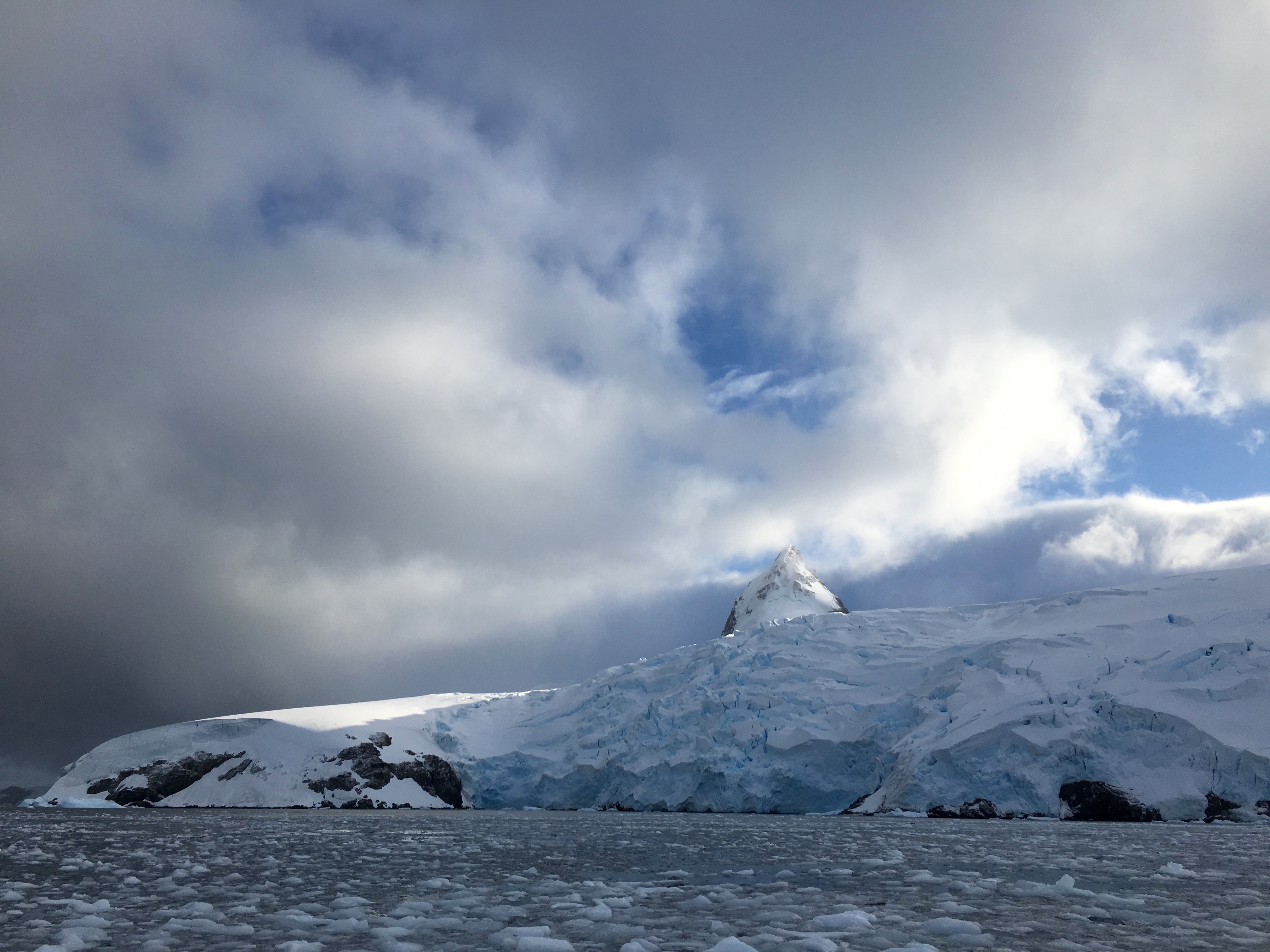In preparation for his trip to Antarctica, Swoop’s polar specialist John found himself swept up in more than mundane logistics and flight times; the intrigue of an English church, an Antarctica voyage, and Scott’s last ever journey had him captivated long before he left the UK.
“Had we lived, I should have had a tale to tell of the hardihood, endurance, and courage of my companions which would have stirred the heart of every Englishman.” Robert Scott (March 1912).
In preparing for my first voyage to Antarctica, I had written lists of what to pack, bought stuff I would never need, read some books relating to my destination, and carried out a little research.

As I furthered my research about the main Antarctica protagonists, Scott, Shackleton, Amerson, Ross, Weddell, I read that Sir Robert Falcon Scott, legend and hero of the Arctic regions, married Kathleen Bruce whose father was the rector of a church not far from where I live in Warwickshire.
Binton church has 4 stained glass windows dedicated to Robert Scott and his co-explorers who died in their failed attempt to return from the South Pole. The window shows four scenes of the 1912 expedition. So I figured I would take a Saturday drive to Binton and go have a look at these pieces of glass.
I walked through the arched doorway into the slightly chilly, echoing hall of Binton church. Though this was my first visit, the surroundings felt familiar; memories from my childhood of Sunday mornings when I would reluctantly leave cartoons and be dragged off to sing hymns with my mother.
Scott’s window appeared in sight, sparkling as the Antarctic does on a sunny day.
I was slightly surprised by how modern the 4 pictured windows looked. Compared to other stained glass windows in the church, compared to the stone walls and wooden roof. But of course relatively little time has passed since Scott and his party set out for what must have been an audacious attempt to the South Pole. Just over 100 years ago really doesn’t seem like a long time. To say we had cars and skyscrapers and aeroplanes before we conquered the South Pole seems bizarre, but also testament to how very difficult and remote Antarctica is. Without Gore-Tex, feather down jackets and other modern kit it can be a brutal place, and reaching the South Pole back then must have seemed a frightening prospect. Nowadays you can fly to the South Pole,…it’s expensive but hey, it’s the bottom of the world.
I remember, as a student, reading that glass is considered a liquid, and that the reason old church windows bulge at the bottom, where the glass is slightly thicker, is because the glass is flowing down with gravity. Complete rubbish of course, but the intrigue: that something can be solid and yet fluid, flowing so slowly that you can’t see it move, is the stuff of legend. Rather like the hero of this blog, Sir Robert Falcon Scott.
Scott, as we know, didn’t make it back from the South Pole – he was just 11 miles short of his next supply station. Exhausted, the last man standing, he closed his eyes for the last time. 100 years have passed and Scott is actually still on the move. He now slides like fictitious glass on the Ross Ice Shelf. Buried 25 meters deep in the ice flow that he has been slowly sucked into, heading towards the sea. He is expected to break off as an iceberg in around 275 years time and float away. This is possibly the most graceful departure from this earth that I can think of.
If you want more Antarctic legend, look up Lawrence Oates – another hero of Antarctica pictured in the glass windows. Known for his poignant last words “I’m just going outside, and may be some time”, his is another story of bravery in the face of adversity.
If you would like to know more about travelling to Antarctica yourself, get in touch.